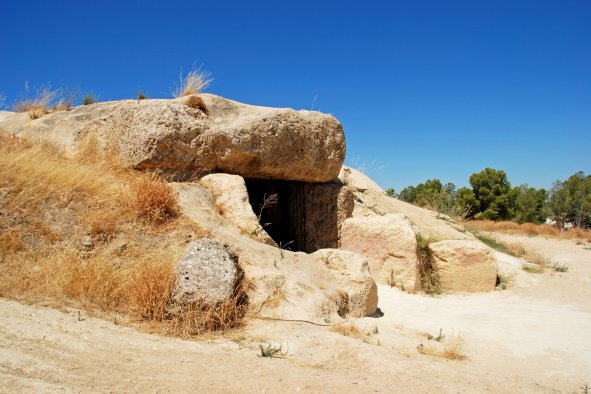Support truly
independent journalism
Support Now
Our mission is to deliver unbiased, fact-based reporting that holds power to account and exposes the truth.
Whether $5 or $50, every contribution counts.
Support us to deliver journalism without an agenda.

Louise Thomas
Editor
Italian scientists say they have found evidence that the Shroud of Turin may indeed have been Jesus Christ’s burial cloth, countering controversial previous research dating the artefact to medieval times.
The world’s most studied archaeological artefact has been subject to scrutiny since it first emerged in 1350s, bearing the faint image of a man that some believe to be an imprint of Jesus.
A few decades after the shroud’s apppearance, Bishop Pierre d’Arcis of Troyes wrote a memorandum in 1389 denouncing it as a forgery.
But the cloth, housed in the Cathedral of St John the Baptist in Turin, continued to be studied and scrutinised.
A controversial study carried out in the 1980s dated the shroud to between 1260AD and 1390AD, branding it as a medieval forgery.

A later study suggested the cloth wrapped the body of a tortured man but it was pulled owing to the lack of “sufficient data to support the conclusions drawn”.
The new study, using X-rays to inspect linen threads from the shroud, traces its origin all the way back to the time of Jesus.

Though the study, published in the journal Heritage, falls short of concluding whether the shroud was actually Jesus’s burial cloth, it dates its origin to 2,000 years ago.
“The experimental results are compatible with the hypothesis that the Turin Shroud is a 2000-year-old relic,” it says, claiming previous analysis might have been flawed due to contamination.
Researchers say cellulose contained in the shroud’s fibres has aged slowly since the 14th century due to lower room temperatures in Europe.
This means that most of the cloth’s natural ageing, about 90 per cent, ocurred before the 1300s.

There is a catch, however.
Scientists say that the shroud can conclusively be said to be 20 centuries old only if there is further evidence showing the relic was kept safely at an average temperature of about 22C and relative humidity of around 55 per cent for 13 centuries before it emerged.
A “more systematic” X-ray analysis of “more samples taken from the Turin Shroud fabric” may be required to confirm their conclusions, they caution.

The latest research could still help historians test their hypothesis about the shroud’s origins.
They can check, for example, if the conditions detailed in the new study match possible locations in the world and historical periods in which the shroud could have been kept before its documented history.
Disclaimer: The copyright of this article belongs to the original author. Reposting this article is solely for the purpose of information dissemination and does not constitute any investment advice. If there is any infringement, please contact us immediately. We will make corrections or deletions as necessary. Thank you.



